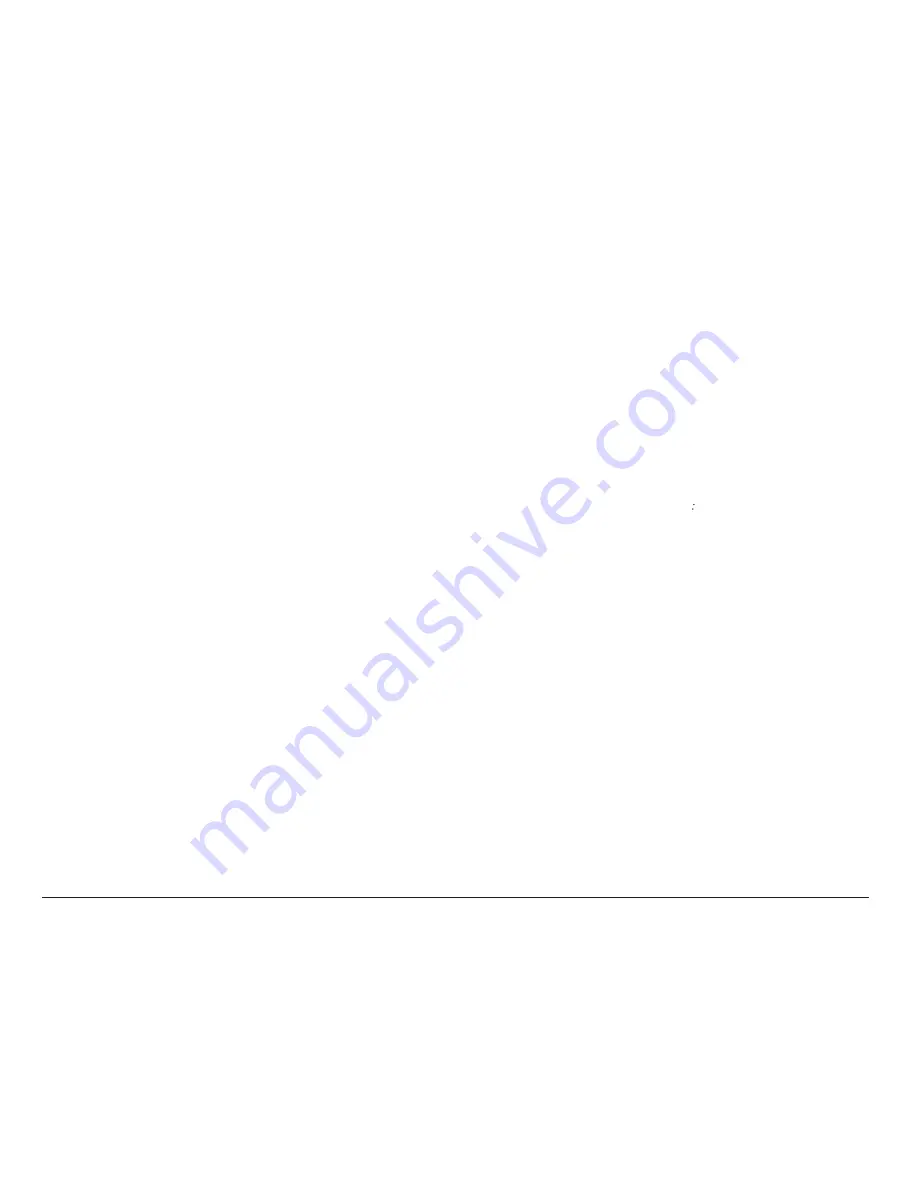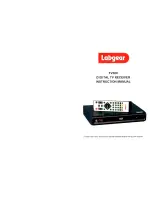
Q&A
Q.
Can I use it with a laser pointer to hear vinyl records?
A.
Yes, but only in low quality. It helps to focus the laser to a pinpoint with a small
convex lens (not included). Spin the vinyl on a turntable and reect the laser spot
off of it. Monitor the reected ickering laser light with Lite2Sound. Additionally,
many textured surfaces can make audio if they are in motion while the laser is
reected off of it.
Q.
Can I hear sounds from nature with Lite2Sound?
A.
Yes, sometimes. On a clear day, you can hear air moving in the atmosphere if you
aim Lite2Sound in the direction of the sun. Humming of insect wings can be heard
if light is striking them. It works best if you don't point Lite2Sound directly at the
sun, just tilt it off-axis slightly. Any shiny vibrating object which reects the sun on
a clear day is a potential source of audio.
Q.
Can I hold it up to a telescope and hear sounds from outer space?
A.
No. That requires extreme sensitivity which it is not designed for.
Q.
Can I locate infrared motion detectors and other IR sources with it?
A.
Yes, sometimes. It will not react to passive infrared sensors, but active infrared
motion detectors such as found in home thermostats are easy to locate because
they emit bright pulses of infrared, making a distinct clicking sound. Since
Lite2Sound receives near-infrared as well as visible light, it will respond to many
infrared remote controls and modulated IR communication signals.
Q.
Can I use it as an optical pickup for stringed instruments?
A.
Yes, but only for low fidelity experimental purposes because you'll need 3 or 4
hands. Focus a bright LED ashlight on the strings, and point Lite2Sound at it.
Works best with a black guitar, or place a square of black paper behind the strings.
Q.
What does pure unmodulated light sound like?
A.
Light that is not ickering at all, such a ashlight running on batteries, is heard
as pink noise or static.
Q. Can I hear colors with it?
A.
No. It responds to variations in brightness of light, but does not distinguish
between colors.
Q.
Could it work as a free space optical communication receiver or photophone?
A.
Yes, it could work as a photophone receiver, if you carefully add a focusing lens
or optics to make it more directional. Note that Lite2Sound QB only receives, it does
not transmit.
Q.
Can I make a laser microphone with it for eavesdropping on conversations?
A.
This device is not intended for surveillance. We have not tested this application.
Automatic gain (x2)
Lite2Sound QB has two automatic gain control circuits. They work together to
provide the fullest signal level without distortion.
The first AGC layer adjusts for variations in brightness. Think of it like automatic
exposure control in a camera.
The second layer of AGC adjusts for variations in modulation intensity of the source
you are monitoring. It works like an audio limiter or compressor, preventing the
output form distorting even if there are large changes in the input signal level.
Recording tips
For best recording quality, use the 3.5mm direct out jack. This provides the lowest
noise oor and best dynamic range. The signal is low level and requires a
microphone preamplifier. This output is not affected by the volume limiter.
The 3.5mm jack will deliver a dual mono signal to the stereo mic input of your
camcorder or other recording device. It is an unbalanced output. Use either a
mono (TS) or stereo (TRS) type cable. Shielded cable is required.
If connecting to pro audio equipment, you can use a DI box, ¼” Hi-Z instrument
input, or an adapter cable with XLR male output, as required to match your mic
preamp's input connector.
The audio signal from the ¼” output jack is post-limiter and can be connected to
headphones for monitoring.
For best recording, mute the internal speaker by patching something to the ¼” jack.
Either connect headphones, or “dead-patch” it with a headphone adapter plug.
For best results when using the 1/4” line output for recording or audio processing,
set the volume limiter control to maximum. This gives the most dynamic range.
The control knob sets a limit for the maximum loudness of the speaker.
Under some conditions, turning the knob won’t affect the speaker loudness (don't
assume the unit is broken). If the unit is not receiving strongly modulated light,
such as in darkness, then the knob will have little or no effect on volume.
The knob affects the audio level of the 1/4” output. It does not affect the signal from
the 3.5mm direct output jack.
To minimize the AGC effect, turn the knob up to its maximum setting.
Just one knob
Lite2Sound QB Photodiode Ampilfier | User Guide 1.0
Rare Waves LLC USA
rarewaves.net





















